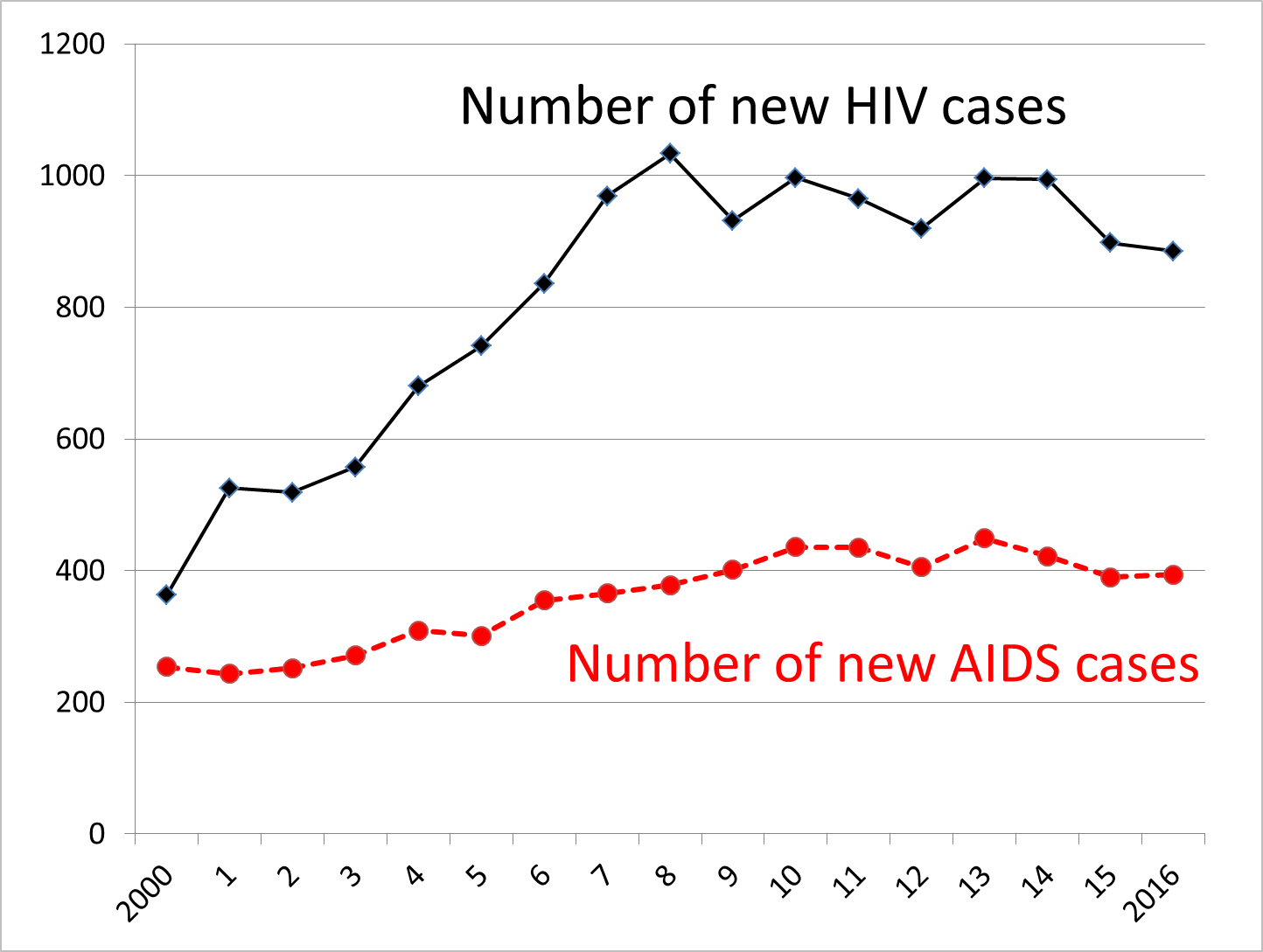Column Finance and the Social Security System 2018.01.30
【Aging, safety net and fiscal crisis in Japan】No.20: Japanese HIV / AIDS patients and medical expenses
I still recollect vividly the day in July 1981 when a US TV news program reported that "a plague with unknown cause is spreading." Afterwards, it came to be known as AIDS. At that time, I was a representative of an insurance company at their New York office; so, I felt that life insurance companies would be hit hard by the epidemic. Thereafter, I kept collecting information about AIDS from North America and Europe, even after returning to Japan in 1983. In 1992, I published a book "AIDS War: Warning to Japan." Instead of being a medical explanation of the causes of AIDS, the book analyzes its political and economic effects. One of its objectives was to convince Japan's Ministry of Finance to make an upfront investment to prevent AIDS. The estimated value of AIDS-related medical expenditure in the US in 1992 was $ 12 billion. Based on this, the allocation for AIDS prevention by Japan's Ministry of Finance in 1993 was five times that in the previous year.
Because of the spread of AIDS awareness programs and the progress achieved in treatment methods, there was no panic in Japanese society owing to HIV/AIDS in Japan. According to the Japan office of the World Foundation Aids Research and Prevention, the cost of anti-HIV drugs ranges from JPY 150,000 ($1,364; 1 USD=110 JPY) to JPY 200,000 ($1,818) a month. Since public insurance is available, the patient bears only 30% of the treatment cost. As HIV-infected persons can receive public assistance as persons with disabilities, independent living is possible if they have a working income. However, as shown in Figure 1, nearly 1,000 new cases of HIV infection and about 400 of AIDS are diagnosed every year. Therefore, it seems necessary to renew the focus on AIDS education for citizens.

(Source)Ministry of Health, Labor and Welfare
